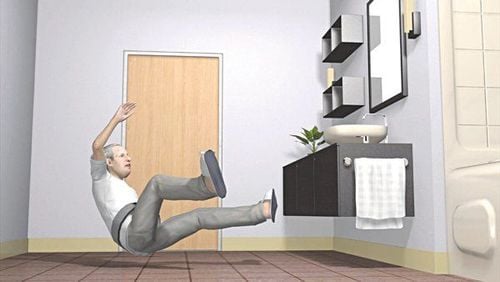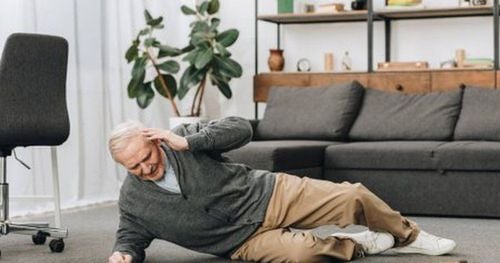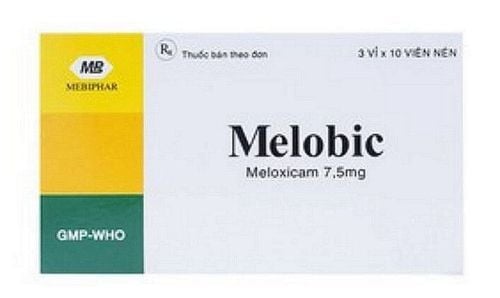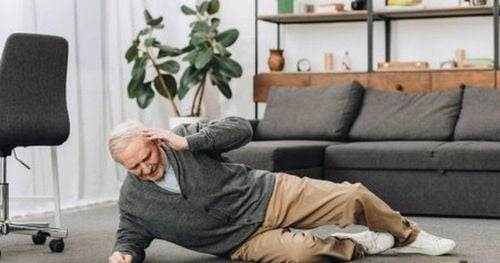This is an automatically translated article.
The article was written by Specialist Doctor I Vo Khac Khoi Nguyen - General Surgery Department - Vinmec Central Park International General Hospital1. Why is it important to prevent falls in the elderly?
Every year, more than a quarter (28.7%) of people over the age of 65 fall. At the same rate, by 2030, an estimated 49 million falls will result in 12 million injuries in the elderly. These numbers translate into medical costs which are substantial. Elderly fall injury ranks fifth in health care spending in the United States. Since 2000, the death rate from falls has more than doubled. Currently, one person dies from a fall every 20 minutes.
Elderly people are more prone to falls and injuries compared to other age groups. This risk is real because even falls of the same magnitude can lead to more serious injuries in the elderly.
Furthermore, falls are the most common cause of traumatic brain injury in the elderly. 90% of hip fractures in the elderly are caused by falls. More importantly, after a fall, the elderly often have a phobia of falling and then a loss of independence in daily activities and a decrease in quality of life. A solid understanding of the risk factors for falls is required to reduce the risk and prevent these injuries.

2. Measures to prevent falls in the elderly
To effectively reduce fall rates, we cannot intervene on just one or a few risk factors. Individually tailored multifactorial interventions effectively reduce fall risk.
2.1 Medicines The American Geriatric Association's Clinical Practice Guidelines for Elderly Fall Prevention and the British Geriatric Society both emphasize that: discontinuation of certain medications, especially drug classes psychotropic, is a simple and effective fall prevention measure.
This guideline recommends discontinuation or dose reduction of neuroleptics for eligible patients. Physicians should also consider medications that cause dizziness, sedation, confusion, blurred vision, or orthostatic hypotension. These drugs are classified as modifiable risk factors for falls.
The US Centers for Disease Control and Prevention (CDC) recommends stopping these drugs when possible, switching to safer alternatives if stopping is not appropriate, or reducing the lowest effective dose.
2.2 Strength and balance training Exercise, especially exercise aimed at strengthening, gait, and balance helps reduce the risk of falls. Older adults with exercise or physical therapy had a 13% lower risk of falling. Exercise is always effective for elderly people living in the community. Exercises should focus on strength, balance, resistance, gait, and endurance. The American Geriatric Association's and British Geriatrics Association's fall prevention guidelines both recommend exercise at level A, the highest recommendation.
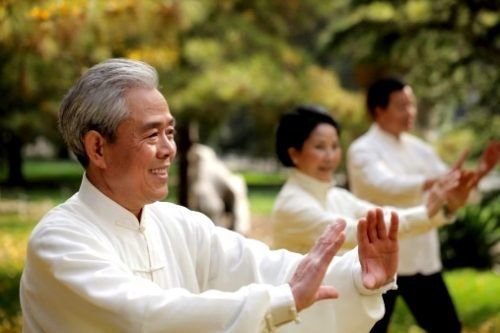
2.3 Vitamin D supplementation Vitamin D deficiency is an important risk factor for falls. Vitamin D deficiency has been shown to be associated with gait disturbances and reduced musculoskeletal strength. Vitamin D supplementation is an easy, safe, and inexpensive fall prevention measure. Adequate vitamin D supplementation reduces the risk of falls by 19% in the elderly. However, the problem of vitamin D deficiency is very common in the general population and is more severe in the elderly.
2.4 Choosing the right footwear Foot and footwear problems have been identified as risk factors for falls. Footwear affects balance, gait and posture. Therefore, the patient should wear appropriate footwear.
Elderly people should also not walk barefoot or wear socks at home because both increase the likelihood of falling. When choosing shoes, it is important to note that the heel height must be low and the choice of shoes with non-slip soles is preferred.
2.5. Cataract surgery Vision impairment is an important risk factor for falls. Studies find that vision improvement, when combined with exercise intervention, is effective in reducing falls.
Unilateral cataract surgery is also sufficient to reduce the incidence of falls and fracture risk in the elderly. The American Geriatric Association's and British Geriatric Society's clinical practice guidelines for fall prevention in the elderly recommend initial cataract surgery in patients with an indication.
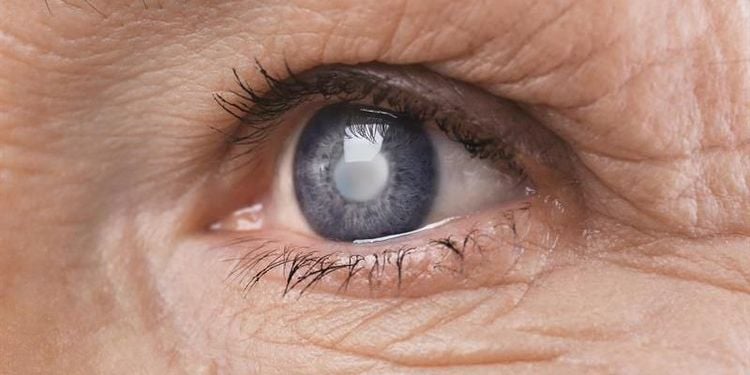
In summary, many people view falls as just one risk factor for fractures. In fact, falls can lead to irreversible health, social and psychological consequences, increasing medical costs. Fall prevention in the elderly requires interventions on multiple modifiable factors rather than on risk alone.
To protect the health of the elderly, you should take them to a medical facility for regular health check-ups because at this age, the elderly's resistance is weak, and they are easy to get sick. Currently, Vinmec International General Hospital has general health checkup packages suitable for each age, gender and individual needs of customers with a reasonable price policy, including:
Health checkup package general Vip Standard general health checkup package Patient's examination results will be returned to your home. After receiving the results of the general health examination, if you detect diseases that require intensive examination and treatment, you can use services from other specialties at the Hospital with quality treatment and services. outstanding customer service.
Please dial HOTLINE for more information or register for an appointment HERE. Download MyVinmec app to make appointments faster and to manage your bookings easily.





